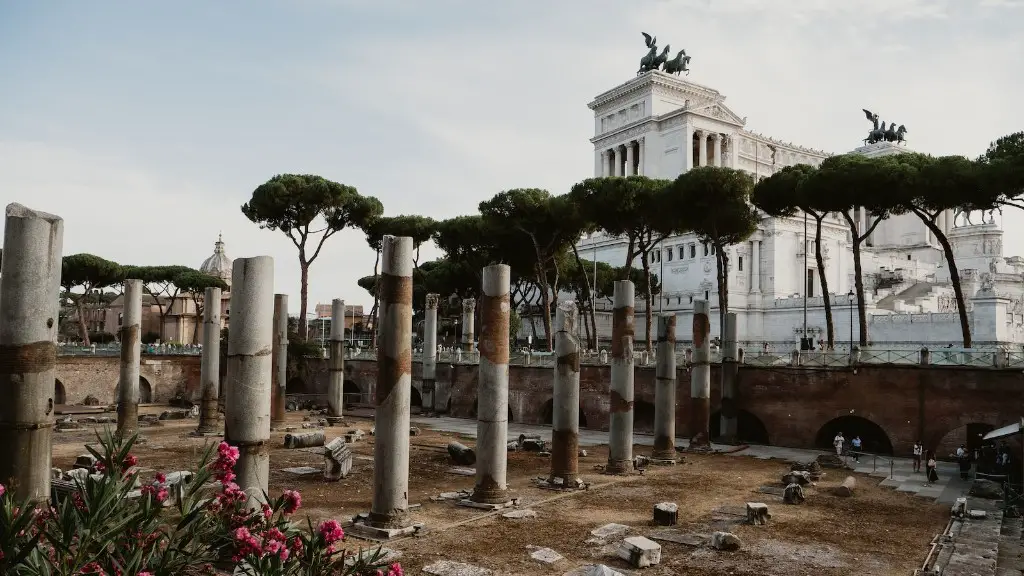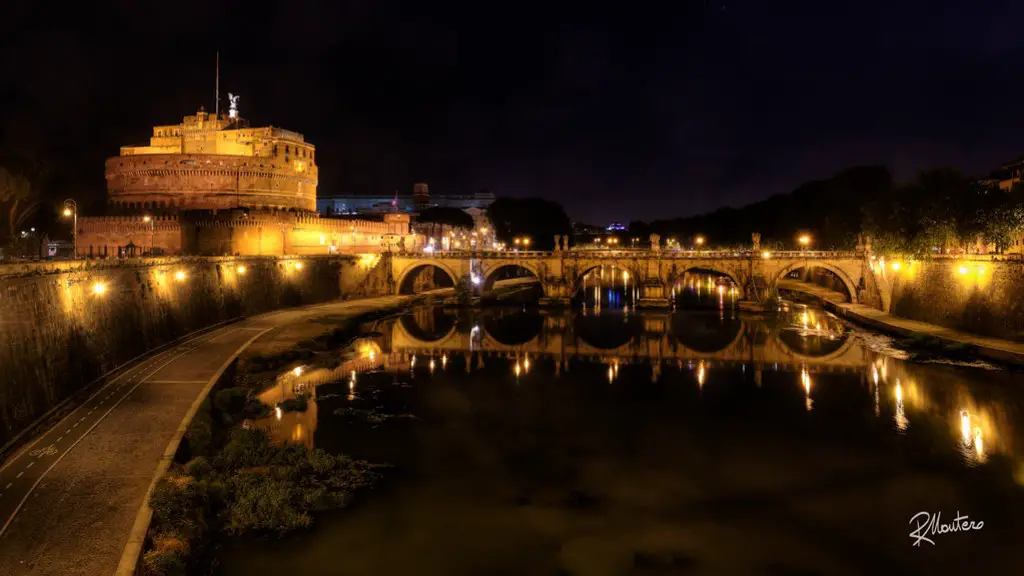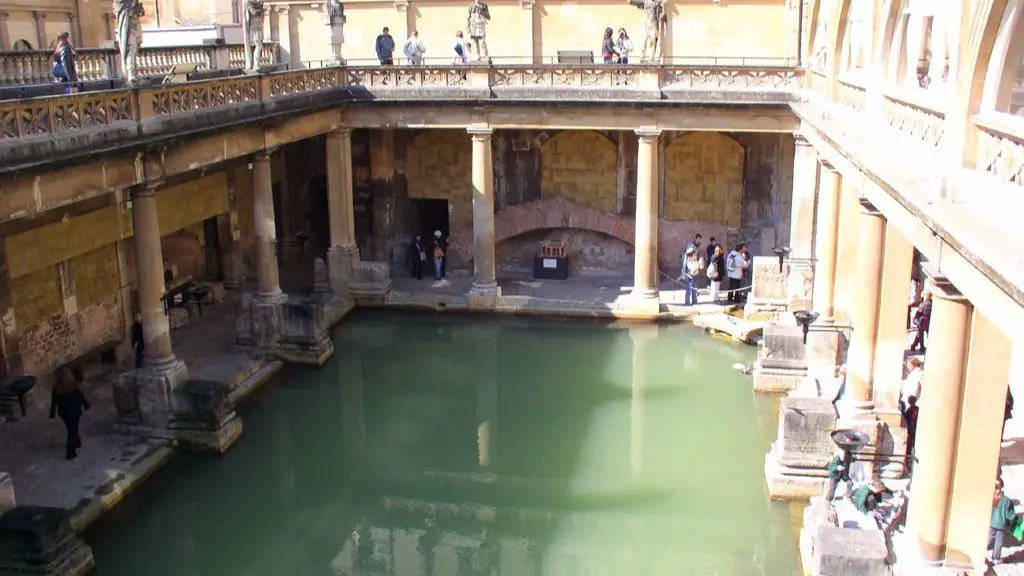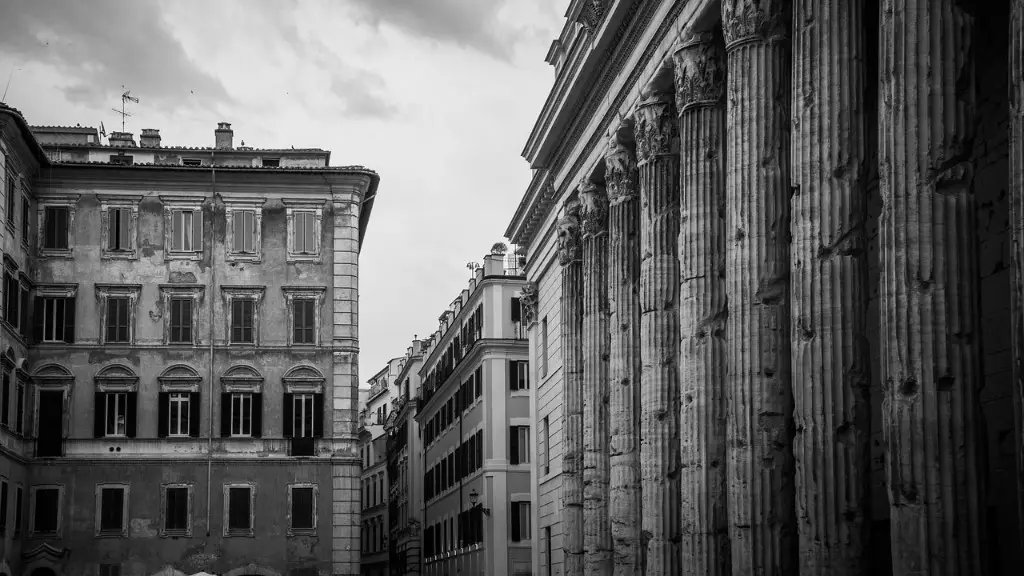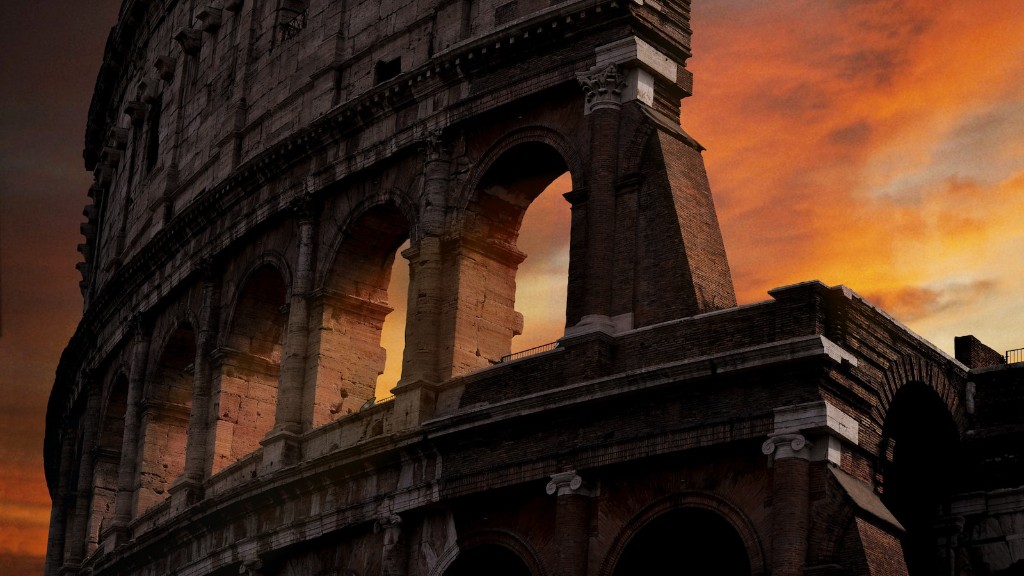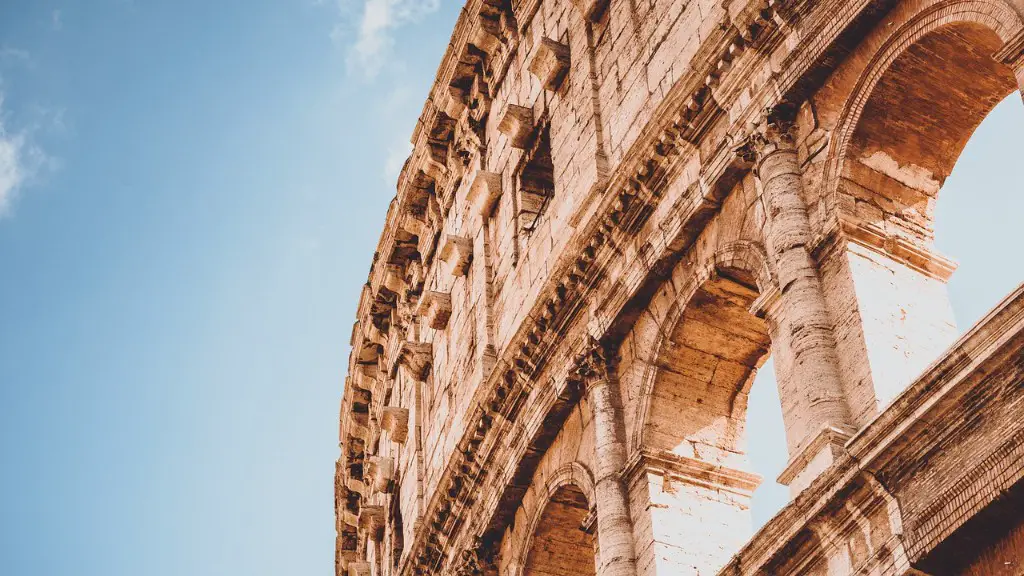A quick Google search of “ancient Rome” produces images of marble columns, vast green parks, and ancient ruins. Rome was, and is, a city of great contrast. It is a modern metropolis with a rich history that dates back over two and a half thousand years. A walk through the streets of Rome can transport you back in time, as many of the ancient buildings and monuments are still standing. It is a city that has something for everyone, from the foodie to the history buff.
The ancient city of Rome was founded on the Palatine Hill by a group of Italian migrants in the year 753 BC. The city grew steadily in power and influence, becoming first an ally of the Etruscans, and then eventually conquering them. Rome continued to grow in military power and soon became one of the largest empires in the world. The city was adorned with large stone monuments, temples, and public works. The Roman Forum was the center of the city’s political life, and the Colosseum was the site of its public entertainment.
What did the average ancient Roman look like?
The ancient Romans were a people of Mediterranean descent, with dark hair and eyes. They typically had a tan or olive skin complexion. Men were clean-shaven and had short hair, while women had longer hair that was often styled in various ways.
The early Romans were primarily composed of Latin-speaking Italic people, known as the Latins. The Latins were a people with a marked Mediterranean character, related to other neighbouring Italic peoples such as the Falisci.
Were ancient Romans Caucasian
As a result of our sources rarely mentioning skin pigmentation, it is impossible for us to associate particular ancients with those modern racial categories. However, this absence of evidence has allowed the assumption that most prominent Romans were, in our terms, white.
The average height of ancient male Romans ranged from 5′4″ to 5′7″, according to various sources. One source reported that the average male in the military was 5′6″. Another source said 5’7″. They were most likely very strong for their heights; eg, marching long distances with heavy armor and supplies.
How tall were Romans?
Even the average height was shorter than today’s Romans: around 5’5”!
This is fascinating to think about – how much taller we are today, on average, than the people who lived in the Roman Empire. It’s a testament to advances in nutrition and health care that we are able to grow taller and live longer than ever before.
The Roman Empire was one of the most ethnically diverse empires in history. It covered a vast territory and contained people of many different ethnicities. Today, we would consider many of the people who lived in the empire to be white, but at least half of the population would not be considered white if they were alive today. This is a testament to the diversity of the Roman Empire.
What DNA were the Romans?
A new DNA study reveals that the inhabitants of ancient Rome genetically resembled the populations of the Eastern Mediterranean and Middle East at the height of the Roman Empire. The study provides insight into the genetic makeup of the Roman Empire and how it changed over time.
The Roman Empire was around for a significantly longer time period than the Viking age. The Roman Empire was a major political and cultural force in the Western and Eastern worlds for over a millennium, while the Viking age only lasted for four hundred years. The Roman Empire was far more expansive and influential than the Vikings ever were.
Are there still descendants of Romans
There are Italians alive today who are directly descended from the people who lived in Italy during the Roman era. However, most of them will have some admixture from other European peoples too.
In 193 AD, Lucius Septimius Severus became the first African Emperor of Rome after emerging victorious from a period of civil war. Severus expanded the border of the empire to new heights and ushered in a period of imperial transformation. He also founded a dynasty.
What skin color was the Romans?
Some historians believe that the Romans had a wide range of skin tones, from light brown to pale skin. Others believe that the majority of Romans had a dark complexion. There is still much debate on this topic.
There are several theories as to why ancient cultures tended to depict women with pale or white skin and men with dark brown or tanned skin. One theory is that it was a way to depict the difference between the two sexes. Another theory is that it was a way to show the difference between the classes, with the upper class being depicted as pale and the lower class being depicted as dark. It is also possible that the skin tone was simply a way to differentiate between different groups of people, or a way to show the different stages of life (e.g. young vs. old, etc.). Whatever the reason, it is clear that this was a common trend in ancient cultures and it is interesting to see how this has changed over time.
How tall was Jesus
He was of average height for his time period.
In order to be considered fit enough to be a legionnaire, one had to be able to march 20 miles in 5 hours with the full armour and kit weighing 45lbs. This was considered to be the minimum required in order to be a Roman soldier.
What was the average lifespan of a Roman?
Longevity has increased steadily throughout history. Life expectancy at birth was a brief 25 years during the Roman Empire. It reached 33 years by the Middle Ages, and raised up to 55 years by the early 1900s. However, things have changed since then. The average lifespan is now over 80 years, and is continuing to increase. This is due to improvements in medical care, nutrition, and lifestyle choices.
Rome’s ability to expand its empire was due in part to its willingness to extend citizenship to many of the people it conquered. Military expansion drove economic development, which in turn transformed the city of Rome and Roman culture.
Warp Up
There is no one answer to this question as ancient Rome would have looked different at different times in its history. It is also worth noting that the city of Rome was not the only settlement in the ancient world that was called Rome. However, if we focus just on the city of Rome itself, we can say that it would have looked like a large and bustling metropolis, with a complex network of roads and buildings. The city would have been filled with a diverse population of people, from all over the empire, and it would have been a hub of activity and commerce.
The ancient city of Rome was a remarkable feat of engineering and architecture. The city was filled with grandiose buildings and impressive monuments. The streets were lined with towering columns and statues. The ancient Romans truly built a city that was fit for their empire.
